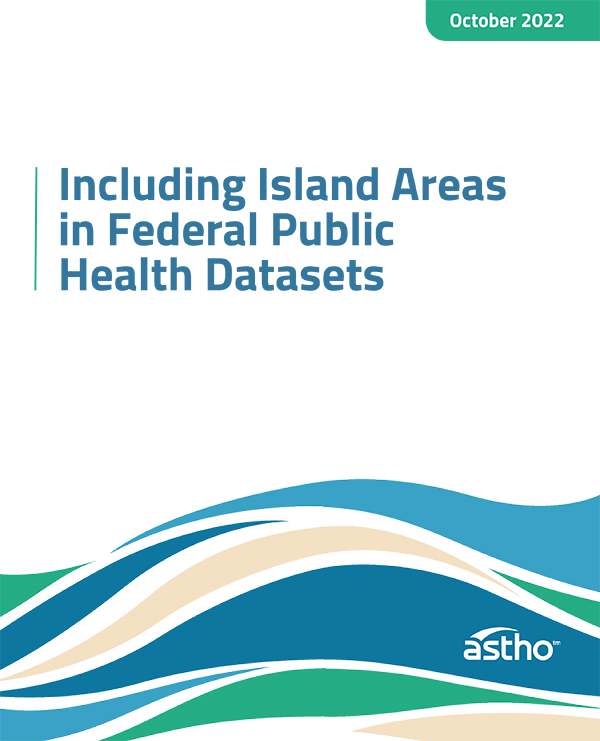Including Island Areas in Federal Public Health Datasets
October 19, 2022
 Public health datasets inform effective policymaking, guide intervention planning and resource distribution, and make the case for services and programs. As such, collecting and sharing data are crucially important to improving health equity. Federal public health datasets need accurate and relevant data to facilitate evidence-based policies and programs that improve health outcomes and reduce health disparities.
Public health datasets inform effective policymaking, guide intervention planning and resource distribution, and make the case for services and programs. As such, collecting and sharing data are crucially important to improving health equity. Federal public health datasets need accurate and relevant data to facilitate evidence-based policies and programs that improve health outcomes and reduce health disparities.
Despite having some of the most challenging population health outcomes, the U.S. Island areas—Puerto Rico (PR), U.S. Virgin Islands (USVI), Guam, Commonwealth of the Northern Mariana Islands (CNMI), American Samoa, Palau, Republic of the Marshall Islands (RMI), and Federated States of Micronesia (FSM)—are often absent within federal public health datasets.
In a review of 32 commonly used federal public health datasets, only 18 (56%) include island jurisdiction data and only two (6%) include data from all eight island jurisdictions. Puerto Rico, the U.S. Virgin Islands, and Guam are best represented while Palau, the Marshall Islands, and the Federated States of Micronesia are least represented in these datasets. At least 11 (35%) datasets include no island representation. Island data collection and representation has facilitated improved island, regional, and federal public health policy and programming. The lack of island representation in key federal public health datasets obscures the pronounced health disparities and the need for programs and services throughout this region.
Federal, island, and nonprofit partners should prioritize efforts to increase T/FAS inclusion in federal datasets to promote improved public health policy, planning, and programming. Next steps center around efforts to understand barriers to island inclusion, to ensure island capacity for vital statistics, and to map federal and multilateral agency data collection efforts.